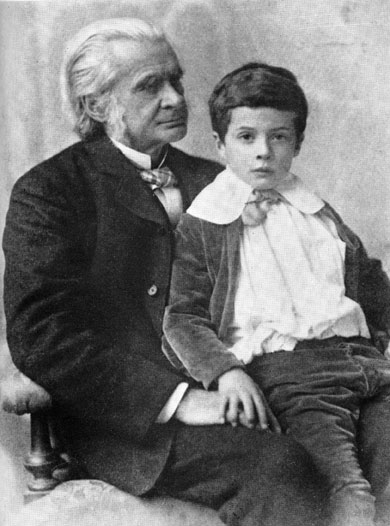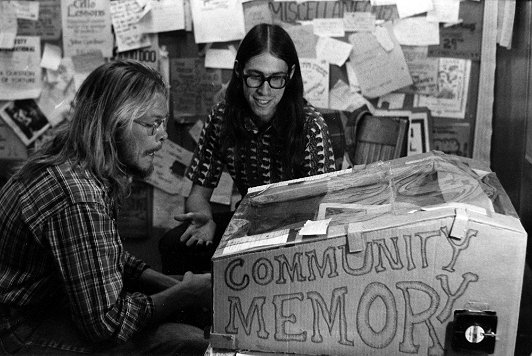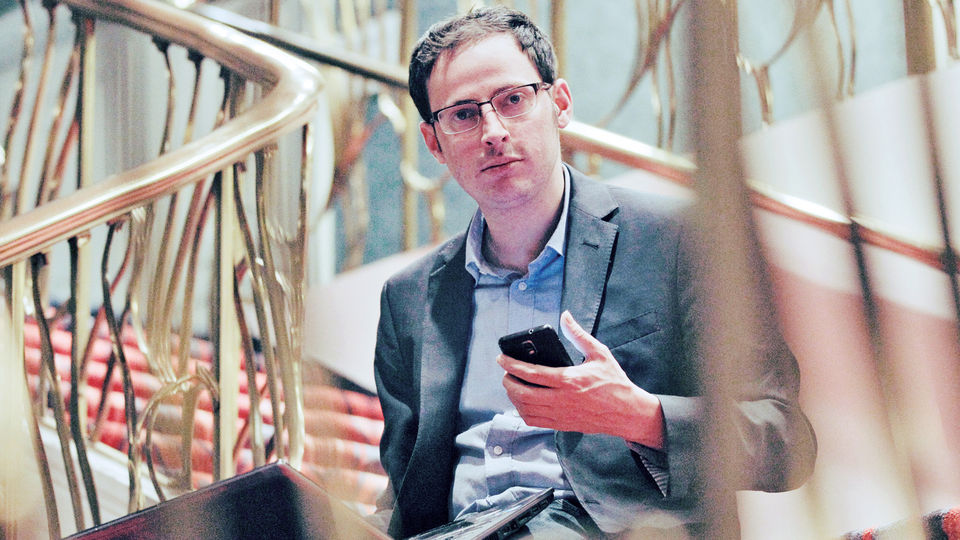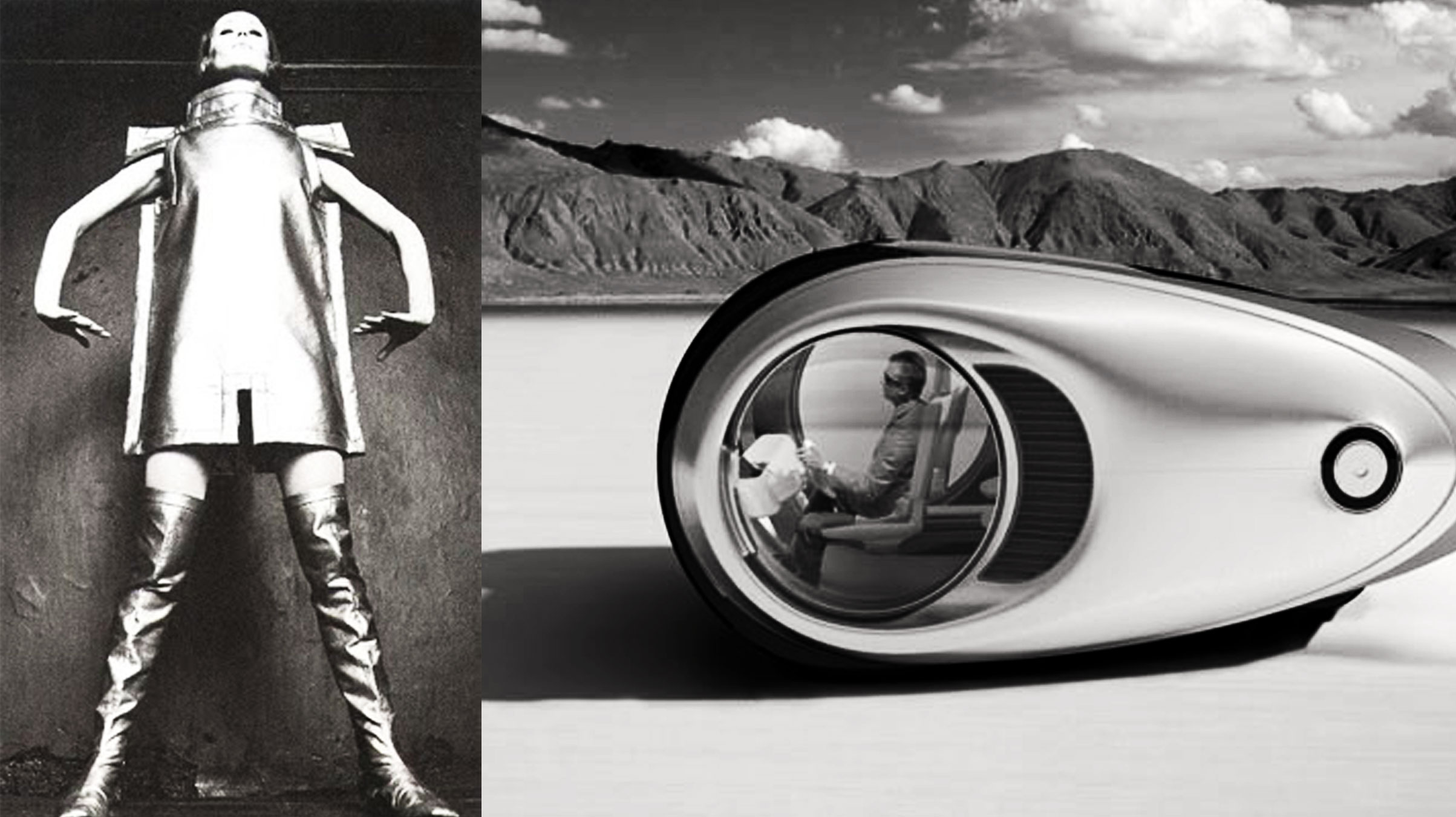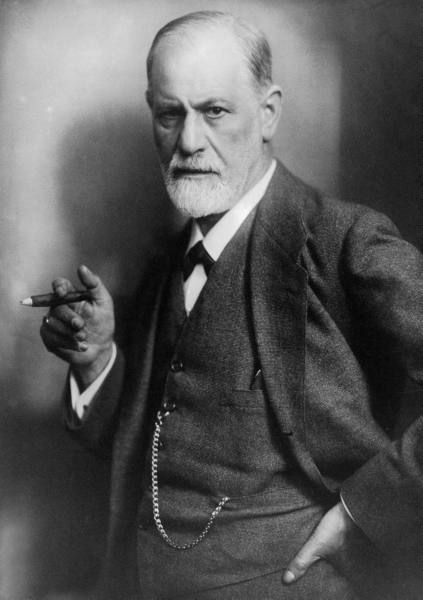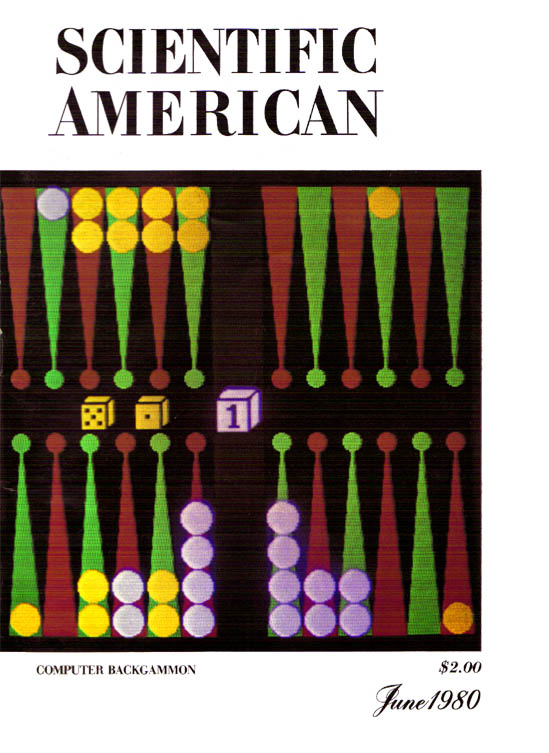A presentation of the hybrid bike and solar-powered car, the ELF.
You are currently browsing the yearly archive for 2013.
The first episode of Catherine, a disquieting, Lynchian 12-episode web series by Jenny Slate and her director husband, Dean Fleischer-Camp. Each episode, just three minutes, is a minimalist exercise in mundanity (save a single scene in the series). It’s like a nightmare you enjoy thinking about once you’ve awakened.
Tags: Dean Fleischer-Camp, Jenny Slate
Mesmerizing 17-minute DeLorean DMC-12 prospectus film that was shown to dealers and investors ahead of the automobile reaching the market in 1981.
Tags: John DeLorean
From the December 28, 1882 New York Times:
“Wilkesbarre–This afternoon a woman named named Gannon, residing on Pringle Hill, came to Dr. Doyle’s office, bringing with her a child, which she said had swallowed a piece of slate-pencil. The child was half-suffocated and suffering with spasms. The physician, after examining the child, said that the only way to save the child was to cut open its throat and extract the pencil. The mother, however, refused to allow the operation to be performed before the arrival of her husband, who had been sent for. He did not arrive until two hours later, and within a few minutes after his arrival the child expired.”
Tags: Dr. Doyle, Woman Named Gannon
In his Wired article, Patrick Lin articulates the new driverless car thought experiment, “the school-bus problem,” though like everyone else he doesn’t mention that hitting a bus would likely kill the car’s driver as well. The example could use a more logical spin, though I get the point. An excerpt:
“Ethical dilemmas with robot cars aren’t just theoretical, and many new applied problems could arise: emergencies, abuse, theft, equipment failure, manual overrides, and many more that represent the spectrum of scenarios drivers currently face every day.
One of the most popular examples is the school-bus variant of the classic trolley problem in philosophy: On a narrow road, your robotic car detects an imminent head-on crash with a non-robotic vehicle — a school bus full of kids, or perhaps a carload of teenagers bent on playing ‘chicken” with you, knowing that your car is programmed to avoid crashes. Your car, naturally, swerves to avoid the crash, sending it into a ditch or a tree and killing you in the process.
At least with the bus, this is probably the right thing to do: to sacrifice yourself to save 30 or so schoolchildren. The automated car was stuck in a no-win situation and chose the lesser evil; it couldn’t plot a better solution than a human could.”
Tags: Patrick Lin
I know from being such a fan of baseball and the game’s statistics that numerical outliers sometimes occur without reason. The worst position player in the game can have the best month of hitting in the league. Fans wonder: Has this player who had no track record of success somehow bloomed late? Is he using performance-enhancing drugs? But often it’s just an unlikely outcome, an aberration that disappears as mysteriously as it arrives. The player returns to his former poor results, maybe he’s soon back in the minors or even out of the sport.
When it comes to something more important than baseball, matters of life and death, it’s difficult to dismiss odd results. Sometimes a cancer cluster is just that: a statistical oddity. Sometimes it’s not the water or the air but merely chance. But it’s hard to ever feel relieved about such a thing, to make the nagging go away. From an odd 1981 New York Times article about Perris, California (which doesn’t even merit a mention today in the town’s Wikipedia page), an account describing a statistical outlier or the result of negligence or even something far more sinister:
“Perris, Calif., May 21— ”It’s a mystery, all right. But other than going slower past the cemetery when they were doing the exhumations, I haven’t noticed things are too much different, day to day,” said Penny Brechtel, executive secretary of the Perris Valley Chamber of Commerce.
She paused a moment, then had another thought: ‘Well, one thing’s for sure: Now Perris is on the map.’ This desert town south of Los Angeles has been on the map since 25 elderly men and women died mysteriously, most of them between 1 A.M. and 4 A.M., in the intensive care unit of the financially troubled Community Hospital of the Valleys. The number of deaths, all from March 8 to April 22, was more than six times greater than the hospital previously averaged for such a period.
‘Nobody likes this kind of notoriety,’ said Jim Adams, an insurance man who is on the City Council. ‘It makes us look like a bunch of ninnies, with nobody paying attention to what was going on at the hospital. Now, we just have to let it run its course, there’s nothing we can do.'”
The opening paragraph of an Economist piece which explains how Estonia became such an unlikely technology powerhouse:
“WHEN Estonia regained its independence in 1991, after the collapse of the Soviet Union, less than half its population had a telephone line and its only independent link to the outside world was a Finnish mobile phone concealed in the foreign minister’s garden. Two decades later, it is a world leader in technology. Estonian geeks developed the code behind Skype, Hotmail and Kazaa (an early file-sharing network). In 2007 it became the first country to allow online voting in a general election. It has among the world’s zippiest broadband speeds and holds the record for start-ups per person. Its 1.3m citizens pay for parking spaces with their mobile phones and have their health records stored in the digital cloud. Filing an annual tax return online, as 95% of Estonians do, takes about five minutes. How did the smallest Baltic state develop such a strong tech culture?“
The Hunchback of Notre Dame, getting his balls waxed.
Even if he hadn’t had a brain the size of a medicine ball, Edward H. Rulloff’s death by execution would have been notable. A brilliant philologist and author who committed a slew of violent crimes during his life, Rulloff was the last prisoner to die by public hanging in New York State. For a long while, he managed to stay a step ahead of the law, even when he was suspected for the beating deaths of his wife and daughter and lethally poisoning a couple of other relatives. But when the vicious linguist was finally convicted to die for the murder of an Upstate New York shop clerk, some voiced support for sparing his life, in order to allow him to keep sharing his genius about language. Mark Twain coolly mocked them, suggesting, in Swiftian fashion, that someone else be hung in Rulloff’s place. The doomed man just wanted the show to get on the road. “Hurry it up!’ he hollered on the day he was to wear a noose, “I want to be in hell in time for dinner.”
Colorful enough, sure, but when his severed head was examined after the death sentence was carried out, Rulloff proved to have one of the largest brains ever recorded. From the May 24, 1871 New York Times article about the measure of a wonderful, terrible man:
“The work of dissecting Rulloff’s head was so far completed this morning as to enable those having it in charge to ascertain the weight of his brain. The brain weighed fifty-nine ounces, being nine and a half or ten ounces heavier than the average weight. The heaviest brain ever weighed was that of Cuvier, the French naturalist, which is given by some authorities at sixty-five ounces. The brain of Daniel Webster (partly estimated on account of a portion being destroyed by disease) weighed sixty-four ounces. The brain of Dr. Abercrombie, of Scotland, weighed sixty-three ounces.
The average weight of men’s brain is about 50 ounces; the maximum weight 65 ounces (Cuvier’s), and the minimum weight (idiots) 20 ounces. As an average, the lower portion of the brain (cerebellum) is to the upper portion (cerebrum) as 1 is to 8 8-10. The lower, brute portion, of Rulloff’s brain and the mechanical powers were unusually large. The upper portion of the brain, which directs the higher moral and religious sentiments, was very deficient in Rulloff. In the formation of his brain, Rulloff was a ferocious animal, and so far as disposition could relieve him from responsibility, he was not strictly responsible for his acts. There is no doubt he thought himself not a very bad man, on the morning he was lead out of prison, cursing from the cell to the gallows.

“He was not strictly responsible for his acts.”
With the protection of a skull half an inch thick, and a scalp of the thickness and toughness of a rhinoceros rind, the man of seven murders was provided with a natural helmet that would have defied the force of any pistol bullet. If he had been in Mirick’s place the bullet would have made only a slight wound; and had he been provided with a cutis vera equal to his scalp, his defensive armor against bullets would have been as complete as a coat of mail.
The cords in Rulloff’s neck were as heavy and strong as those of an ox, and from his formation, one would almost suppose that he was protected against death from the gallows as well as by injury to his head.
Rulloff’s body was [said to be] larger than it was supposed to be by casual observers. The Sheriff ascertained when he took measure of the prisoner for a coffin to bury him in, that he was five feet and ten inches in height, and measured nineteen inches across the shoulders. When in good condition his weight was about 175 pounds.
It is very well-known that Rulloff’s grave was opened three times last Friday night by different parties who wanted to obtain his head. One of those parties was from Albany, and twice the body was disinterred by persons living in Binghamton. One company would no sooner cover up the body, which all found headless, and leave it, then another company would come and go through with the same operations. It is now known that the head was never buried with the body, but was legally obtained before the burial by the surgeons who have possession of it.
The hair and beard were shaved off close, and an excellent impression in plaster was taken of the whole head. The brain is now undergoing a hardening process, and when that is completed an impression will be taken of it entire, and then it will be parted, the different parts weighed, and impressions made of the several sections.”
Tags: Edward H. Rulloff, Mark Twain
Changing my evil ways
I’ve been ripping shit up lately. Four or five hookers a week, $700 – $1200 per week on party favors, at least one swinger party a week, not taking my work seriously and now I’m left feeling spent. I’m about to do a complete turn around. No one event made me sit down and say, “That’s enough! Time to act like an adult, find a girlfriend and follow the well traveled path,” but that’s kinda where I’m heading.
I’d like to hear from people who have made the transition. Was it tough? How did you deal with the routine of a less exciting existence? How did you deal with the actual intimacy? I’ve been functioning at a pretty high level (no pun intended) for a while. Maybe it’s tolerance or maybe somewhere deep inside, I knew that I was going to end this behavior. Being single with no children and making six figures is a trap sometimes.
Even before the Internet, there were plenty of ridiculous rumors and urban legends that went viral. There is a cure for cancer, but the medical establishment won’t release it so that it can still keep profiting off of drugs and treatments. There are light bulbs that never burn out, but the light-bulb companies would be ruined if they were sold. Oh, and there is a car that can run on water, but Big Oil won’t allow its production.
But there really is a car now that can run on water, though its tough to say how broadly its technology can be applied.
An excerpt from “Wildcatting: A Stripper’s Guide to the Modern American Boomtown,” Susan Elizabeth Shepard’s excellent Buzzfeed long-form article about the sex industry that has attended the mad dash of money-hungry men to oil-rich Williston, North Dakota:
“The psychological principle of intermittent rewards explains the addictive appeal of gambling and Twitter. You might get a treat and you might not, and you never know, so you keep trying to see what happens next. It is the most American behavioral phenomenon.
Mineral extraction economies activate this neural mechanism: wildcatting, prospecting for gold — gambles that may pay off. Today it’s no longer the individual who makes these scores, of course, it’s corporations, but the work and opportunity draws those with nothing to lose but the trying. California in 1849, Colorado in 1859, Montana in 1883, Texas and Oklahoma in 1912, Alaska in 1970, North Dakota in 2008 — every time there’s a mining boom, it plays out thusly: Someone finds a valuable resource. People hear about it and flock to the area. These people are mainly men. The newly populated area is lawless and lacks the civilizing influence of family life. Among the first women to show up are prostitutes. For a while, everyone makes money and has fun. Or some people do, some gambles pay off. Then the resource dries up or its price drops, and the gamble isn’t profitable anymore, and the town eventually dries up or turns into a tourist attraction — or San Francisco, if it’s lucky. Because our brains are wired to want to continue taking that chance, everyone keeps gambling, no one thinks the boom will bust. It will. It always will.
Williston is booming right now. I’ve worked there since 2007, and oil has changed the town both completely and not at all. Whispers’ transition from typically tiny, haphazard small-town strip club into one trying to balance down home and big city is not working out too well, and it’s an example of the boom–bust cycle writ small. Capitalism’s inherent gamble plays out on a small stage with a chrome pole while lessons in second chances and knowing when to cut your losses are there to take to heart or ignore. It’s more America than anywhere I’ve been. Some oil workers think improvements in drilling and fracking technology will sustain the economy for decades, but that’s not my area of expertise. What I do know about is what it’s like to revisit a place you hate again and again over the span of six years, watch it change, and realize you’re watching history repeating and that you’re just another camp follower along the frontier, profiting from mineral extraction booms, chasing opportunity and running from stagnation.”
Tags: Susan Elizabeth Shepard
Reza Aslan, the Muslim author of Zealot: The Life and Times of Jesus of Nazareth, was welcomed warmly by Lauren Green at Fox News over the weekend. I’ll go the cynical route and guess that he knew what he was walking into and that it would be priceless promotion for his book. If so, good on him. Well played, sir. Aslan just did an Ask Me Anything at Reddit. A few exchanged follow.
____________________________
Question:
What do you think about the new direction the Pope is taking the Vatican in?
Reza Aslan:
I think this Pope is the best thing that has happened to Catholicism since Vatican II. Then again I’m biased as a proud product of a Jesuit education.
____________________________
Question:
Why did some cultures embrace monotheism, while others looked to polytheism?
Reza Aslan:
Monotheism is actually a very recent phenomenon. In the hundred thousand year history of human religious experience, monotheism is perhaps three thousand years old. That’s because the idea of a single god being responsible for both good and bad, light and dark, is something that the ancient mind had a very difficult time accepting. And no wonder! The only way that monotheism finally “stuck” is thru the concept of angels and demons. In other words, it was only when all the other “gods” were demoted into spiritual beings responsible for different aspects of the human condition that people were able to accept the idea one GOD in charge of all the lower spiritual beings.
____________________________
Question:
Serious question, if aliens visit earth, what happens to religion?
Reza Aslan:
We would simply absorb their reality into our religious traditions they we have done with every major scientific breakthrough (the earth revolves around the sun!).
____________________________
Question:
If you had to do it all over again, would you have used a pseudonym so that the focus would be more on the content of the book than on who is qualified to write it? Did you expect the media to react this way? Or did it take you by surprise?
Reza Aslan:
Yes. I would have written the book under the pseudonym: JK Rowling.
Tags: Lauren Green, Reza Aslan:
A 1975 documentary about Formula One racing, which has been known at various times as One by One, Quick and the Dead, and Champions Forever. An interesting period piece with a funked-up score, which focuses on Jackie Stewart, Peter Revson and their peers. Stacy Keach is the cool-as-can-be narrator, but racer François Cévert sums it up simply and best: “Steering is hard,” he admits.
Tags: François Cévert, Jackie Stewart, Peter Revson, Stacy Keach
From the September 22, 1907 New York Times:
“Christiana–The young clairvoyant of Singsaa, known as “The boy with the sixth sense,” is again exerting his extraordinary powers, undertaking to unravel a mystery which has baffled the police.
A few months ago a little girl named Gudrun suddenly disappeared from Christiana. Search for her was made through Norway in vain, the only clue the police received being a statement by a playfellow that a party of gypsies carried off the missing child.
The clairvoyant was appealed to, and he says he can ‘feel’ where the gypsies with the little girl in their possession are staying, and mentions the environs of Norde Gueddalen as the place where they may be found.
Armed men, with the clairvoyant boy at their head, are now scouring the country, firmly convinced that they are on the gypsies’ tracks.”
The opening of Seth Fletcher’s Scientific American article about Big Data entering the classroom, managing an overflow of students and replacing lecturers:
“When Arnecia Hawkins enrolled at Arizona State University last fall, she did not realize she was volunteering as a test subject in an experimental reinvention of American higher education. Yet here she was, near the end of her spring semester, learning math from a machine. In a well-appointed computer lab in Tempe, on Arizona State’s desert resort of a campus, she and a sophomore named Jessica were practicing calculating annuities. Through a software dashboard, they could click and scroll among videos, text, quizzes and practice problems at their own pace. As they worked, their answers, along with reams of data on the ways in which they arrived at those answers, were beamed to distant servers. Predictive algorithms developed by a team of data scientists compared their stats with data gathered from tens of thousands of other students, looking for clues as to what Hawkins was learning, what she was struggling with, what she should learn next and how, exactly, she should learn it.
Having a computer for an instructor was a change for Hawkins. ‘I’m not gonna lie—at first I was really annoyed with it,’ she says. The arrangement was a switch for her professor, too. David Heckman, a mathematician, was accustomed to lecturing to the class, but he had to take on the role of a roving mentor, responding to raised hands and coaching students when they got stumped. Soon, though, both began to see some benefits. Hawkins liked the self-pacing, which allowed her to work ahead on her own time, either from her laptop or from the computer lab. For Heckman, the program allowed him to more easily track his students’ performance. He could open a dashboard that told him, in granular detail, how each student was doing—not only who was on track and who was not but who was working on any given concept. Heckman says he likes lecturing better, but he seems to be adjusting. One definite perk for instuctors: the software does most of the grading for them.
At the end of the term, Hawkins will have completed the last college math class she will probably ever have to take. She will think back on this data-driven course model—so new and controversial right now—as the ‘normal’ college experience. ‘Do we even have regular math classes here?’ she asks.”
Tags: Seth Fletcher
Star stats guy Nate Silver has left the New York Times for ESPN and other properties under the Disney umbrella. He just did an Ask Me Anything at Deadspin. A few exchanges follow.
___________________________
Question:
When will I die?
Nate Silver:
I’d guess that the median Deadspin commenter is a 34-year-old white male with middle-to-high income but also above-average alcohol consumption. So we’re taking about a remaining live expectancy of 47 years, give or take. My best guess is that you’ll die in 2060, perhaps just a few days before Sasha Obama wins her second term.
___________________________
Question:
What size staff do you envision the new 538 having? Are you going to be looking more for specialists or generalists?
Nate Silver:
I think the goal is perhaps to have a site where we’re publishing 3-4 articles per weekday, plus perhaps some blogs and other quick-hit type stuff. What I’m not quite sure about is exactly how many people we’ll need to hire to make that happen, and what the mix of freelancers versus full-time staffers will be.
We are looking for people with a diverse set of interests, within reason. We’ll have people who specialize in sports, I’m sure, as opposed to politics or economics or culture. But I’m not sure that we’ll have people who specialize only in (say) baseball or golf, as opposed to sports more broadly.
And yes — we are taking resumes. (There’s no formal process for this yet, but it’s not too hard to find my email.) We’ve already gotten interest from some great quant-friendly journalists. What’s a little bit tougher to find is people who are journalism-friendly quants, if that makes sense — people who might be employed in (say) tech or finance or consulting right now but who can express themselves pretty well and who might be interested in a change of careers.
___________________________
Question:
Nate, what will you miss most about the political analysis you did for the Times and what will you miss the least?
Nate Silver:
To clarify, I’m not leaving political analysis. My guess is that it might still occupy 40-50% of my time personally, and that politics/elections might represent something like 30-40% of the content at the “new” 538. We’ll probably also hire at least one full-time politics writer/editor, along with some talented freelancers.
But to be honest — there’s not very much I’ll miss about pulling back from politics some. 2012 was an amazing year for me in any objective sense, but I still get sort of bitter and angry when I think about how hard it was to get people to accept some very basic statistical conclusions, and how personal things became.•
Tags: Nate Silver
The ability to create safe driverless cars is upon us, but I’m still not sure that everyone is going to want to give up the wheel–give up ownership, even. From a report by Navneet Alang at the Globe & Mail on some of the larger implications of autonomous vehicles:
“As easy as it is to conceive of a future much like the present, only with highways full of autonomous cars, the reality is quite different. If cars can drive themselves, the place of the automobile in our culture will start to change radically – and how it does so will have enormous ramifications for cities, for commuters and for our lives.
It’s tempting to think of the arrival of driverless cars like other switches from manual to automatic technologies: the benefits will all be about of convenience. You could have the privacy and effectiveness of a single car for your ride to work, but could read the newspaper and eat your breakfast on the way. It’s the best of your Honda and a subway rolled into one.
But if cars can move themselves around, why, for example, should they lie in a parking lot all day or night? Instead, as others have suggested, it might make far more sense to have a car simply drop you off at work, and either keep itself elsewhere or transport someone else, thereby saving the increasingly valuable real estate in cities for other things. The inefficiency of a vehicle that goes unused for most of the day may start to seem quite wasteful.
In fact, that sort of thinking leads quite logically into challenging the very idea of owning a car. Rather than storing a thirty- or forty-thousand dollar machine in your garage, it may make more sense to pull out your smartphone and hail one if and when needed. Cars could be shared, either through extending the services we have now like Zipcar or Car2Go, or through new forms of shared ownership we haven’t quite conceived of yet.”
Tags: Navneet Alang
Idi Amin, after eating a Wendy’s Pretzel Bacon Cheeseburger.
Psychiatrist or Psychologist Needed (Pa and NJ)
Hello, we are a well known paranormal team looking for a psychiatrist or psychologist needed to help us with questions and possibly join us if you would like on certain investigations. Please email us for more details. If you would like you could also get a lot of exposure on radio shows and possibly tv shows in the future or kept confidential. Thank you!
For some reason, the editors of the New Yorker never ask me for advice. I don’t know what they’re thinking. I would tell them this if they did: Publish an e-book of the greatest technology journalism in the magazine’s history. Have one of your most tech-friendly writers compose an introduction and include Lillian Ross’ 1970 piece about the first home-video recorder, Malcolm Ross’ 1931 look inside Bell Labs, Anthony Hiss’ 1977 story about the personal computer, Hiss’ 1975 article about visiting Philip K. Dick in Los Angeles, and Jeremy Bernstein’s short 1965 piece and long 1966 one about Stanley Kubrick making 2001: A Space Odyssey.
Another inclusion could be A.I., Bernstein’s 1981 profile of the great artificial-intelligence pioneer Marvin Minsky. (It’s gated, so you need a subscription to read it.) The opening:
In July of 1979, a computer program called BKG 9.8–the creation of Hans Berliner, a professor of computer science at Carnegie-Mellon University, in Pittsburgh–played the winner of the world backgammon championship in Monte Carlo. The program was run on a large computer at Carnegie-Mellon that was connected by satellite to a robot in Monte Carlo. The robot, named Gammonoid, had a visual-display backgammon board on its chest, which exhibited its moves and those of its opponent, Luigi Villa, of Italy, who by beating all his human challengers a short while before had won the right to play against the Gammonoid. The stakes were five thousand dollars, winner take all, and the computer won, seven games to one. It had been expected to lose. In a recent Scientific American article, Berliner wrote:
Not much was expected of the programmed robot…. Although the organizers had made Gammonoid the symbol of the tournament by putting a picture of it on their literature and little robot figures on the trophies, the players knew the existing microprocessors could not give them a good game. Why should the robot be any different?
This view was reinforced at the opening ceremonies in the Summer Sports Palace in Monaco. At one point the overhead lights dimmed, the orchestra began playing the theme of the film Star Wars, and a spotlight focused on an opening in the stage curtain through which Gammonoid was supposed to propel itself onto the stage. To my dismay the robot got entangled and its appearance was delayed for five minutes.
This was one of the few mistakes the robot made. Backgammon is now the first board or card game with, in effect, a machine world champion. Checkers, chess, go, and the rest will follow–and quite possibly soon. But what does that mean for us, for our sense of uniqueness and worth–especially as machines evolve whose output we can less distinguish from our own?•
Tags: Hans Berliner, Jeremy Bernstein, Luigi Villa, Marvin Minsky








